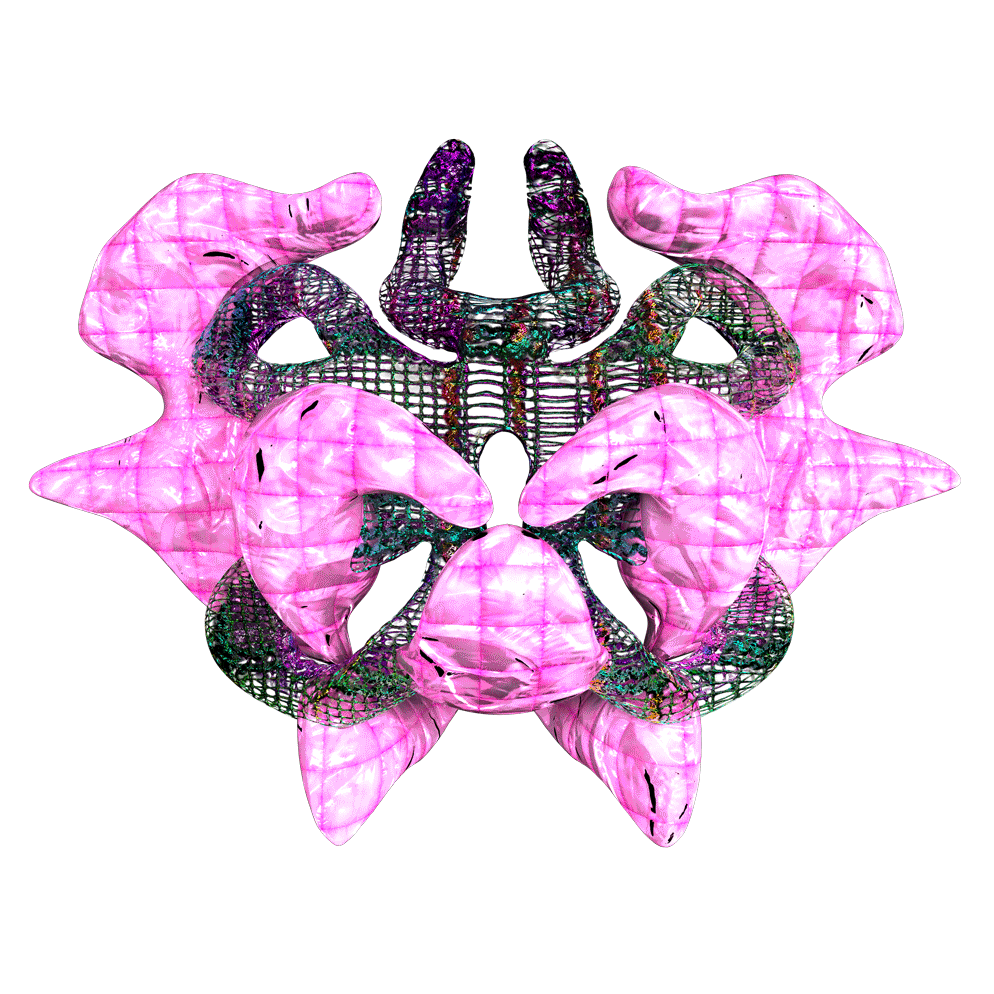ceci sariol
everyday alien
spatial dreamings
surrealist goods
3d-printed jewelry
dimension dancer
MOVING TOWARD FULL EXPRESSION
digital realm (top): Mao Zhang : earthly realm (bottom): Ceci Sariol
Studio with Ephraim Joris, MIARD, Piet zwart institute
animation, fall 2018
You experience the Wereldmuseum, an ethnographic museum in Rotterdam, through the eyes of an anonymous figure as they go about discovering what was kept hidden, as well as the role of your own identity in the various realities we inhabit. Through this process, the dual and non-dual intermingle in order to hold space for ~all that is~ within this chaotically resonating whole which we call Earth. Dynamics exploring: physical vs. digital, identity vs. anonymity, choice vs. surrender...intertwine at the junction of infinity, ambiguity, multiplicity, and complexity.
Practically, the ground floor of the Wereldmuseum transforms into a virtual education portal for the focus of decolonialization within museum and education spaces, and more broadly on Earth. This is conceived as an experience on a fixed virtual reality headset within an empty Wereldmuseum.
One of the first questions asked was: why the divide between the museum's future-youth-oriented digital image while their day-to-day spatial/curatorial decisions remained business as usual??
This manifested as us splitting the museum in two-- an earthly realm and digital realm, also corresponding to our working methods being split, yet still working toward the same whole.
Thus we already found ourselves within a confrontation between the dual and non-dual. In striving to encompass everything and being totally inclusive (impossible), while being forced to act dualistically in order to communicate. Non-duality INCLUDES duality, and we need one for the other within this reality. The key lies in the awareness of the connections and the complexity involved. We took great inspiration from Eduoard Glissant's notion of the world as a chaotically resonating whole. Searching for different forms to express these tricky ideas, we were forced to make generalizations about either realm, which is again where the project collapses on itself, as the vision is to make space for many viewpoints.
A purposeful intention was to glitch the current building, place it into a void space in order to focus on the topics at hand, and introduce a layer that attempts to interfere with the visitors grasp on the experience of their outward perceived identity.
Moving onto the "game" occurring in the digital realm: we defined "transparent" aspects of identity to be what strangers outwardly perceive, as well as how we regard ourselves based on physical appearance. We acknowledge that this is a very limited definition of the vast notion of identity, but still relevant within current social dynamics on Earth. In setting "rules" to distinguish between the earthly and digital realms, we determined that identity, though still confusing, is more clear-cut on Earth. In contrast, the Internet allows for more fluid circumstances, as seen with the Wereldmuseum. One can adopt anonymous characteristics and project an identity that is totally opposite from the conscious self. This isn't always a bad thing, it may reflect un-manifested versions of the whole, though it should lead to reflection of how they fit together. Everybody that enters the experience is assigned the same avatar within the earthly realm. In the digital realm you are presented with a choice in appearance through supposed infinite options. However, at the point of passing between strangers, they will encounter a switching of outward identities. The presence of others can thus not be ignored. As visitors navigate within this realm, they meet their own "image" in the reflective maze walls. The reflections here work as amplifiers in order to highlight the presence of the cognizant subject and the abstraction from their racial, sexual, social realities.
One last thing to touch on: Contemplating the different perspective drawing methods of the East and West, and the navigation interfaces of different video games, we experimented with this notion.
The Western 1st-person perspective is equated with the earthly realm, and the Eastern "god" perspective with that of the digital. Wanting visitors to jump out from conventional self-centered observational habits (as well as alerting them to the euro-centrism embodied by the Wereldmuseum), we introduce the voluntary and involuntary shifting of perspectives. This is accomplished through the identity swapping already discussed, as well through a spontaneous flying between perspectives in the earthly realm, opposed to this being an autonomous choice within the digital realm.


